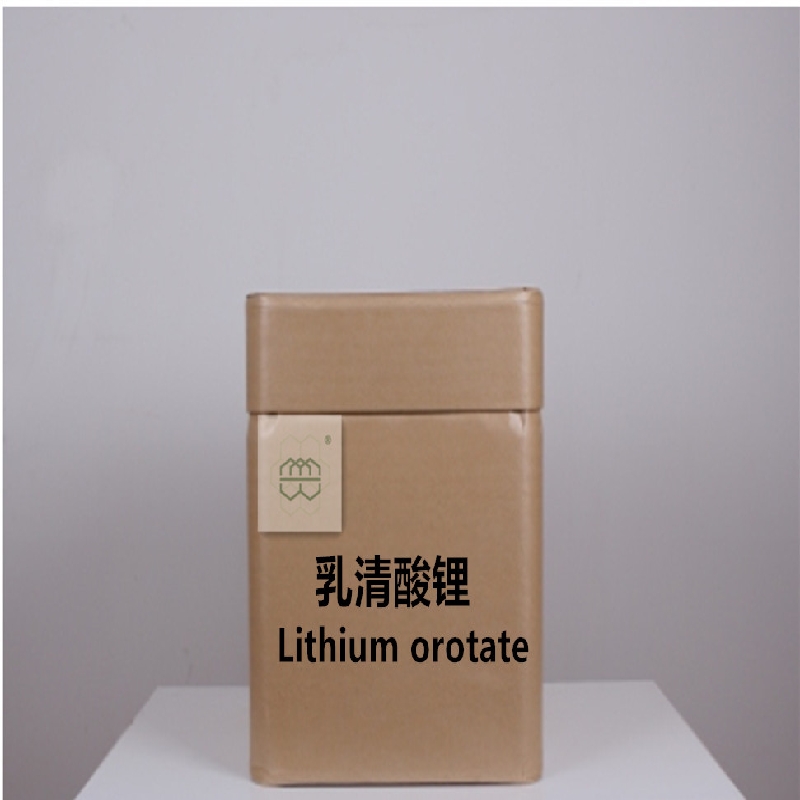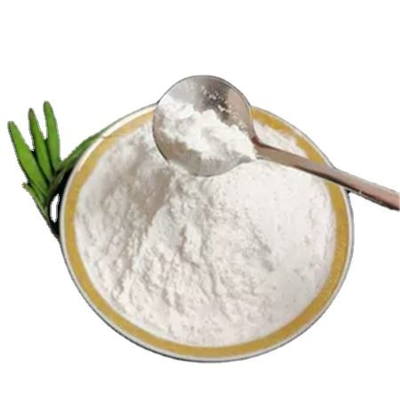-
Categories
-
Pharmaceutical Intermediates
-
Active Pharmaceutical Ingredients
-
Food Additives
- Industrial Coatings
- Agrochemicals
- Dyes and Pigments
- Surfactant
- Flavors and Fragrances
- Chemical Reagents
- Catalyst and Auxiliary
- Natural Products
- Inorganic Chemistry
-
Organic Chemistry
-
Biochemical Engineering
- Analytical Chemistry
-
Cosmetic Ingredient
- Water Treatment Chemical
-
Pharmaceutical Intermediates
Promotion
ECHEMI Mall
Wholesale
Weekly Price
Exhibition
News
-
Trade Service
blueberry export
The Peruvian Blueberry Producers and Exporters Association (Proarándanos) said that fresh blueberry exports this season are expected to exceed 250,000 tons, an increase of 25% year-on-yea.
It is estimated that 90% will be exported in the August-December period, with 50% concentrated in the September-October export pea.
It is estimated that 90% will be exported in the August-December period, with 50% concentrated in the September-October export pea.
As of the end of July, China was the main export destination, accounting for 37% (3,907 tons) of total export.
The United States is close behind, accounting for 34% (3,649 tons) of export.
Europe (excluding the United Kingdom) accounted for 13% (1394 tons), the United Kingdom accounted for 9% (917 tons), and other destinations accounted for 8% (809 tons.
ChinaThe United States is close behind, accounting for 34% (3,649 tons) of export.
Europe (excluding the United Kingdom) accounted for 13% (1394 tons), the United Kingdom accounted for 9% (917 tons), and other destinations accounted for 8% (809 tons.
In the past five years, the planting area of blueberry in Peru has increased significantly, and now it has reached 18,000 hectare.
The La Libertad region contributed the most to exports, with locally produced blueberries accounting for 57% of total export.
This is followed by Lambayeque (26%), Ancash (11%), Ica (3%), Lima (2%), Piura (1%) and Moquegua (3%.
The La Libertad region contributed the most to exports, with locally produced blueberries accounting for 57% of total export.
This is followed by Lambayeque (26%), Ancash (11%), Ica (3%), Lima (2%), Piura (1%) and Moquegua (3%.
At present, the challenges facing the Peruvian blueberry industry are mainly from the rising cost of logistics and fertilizer.
Another challenge is how to expand market deman.
In addition to existing export markets, Peru has been working hard to develop new markets, with markets such as Indonesia, South Korea, Vietnam, Japan, New Zealand and Ecuador all under negotiatio.
Another challenge is how to expand market deman.
In addition to existing export markets, Peru has been working hard to develop new markets, with markets such as Indonesia, South Korea, Vietnam, Japan, New Zealand and Ecuador all under negotiatio.







